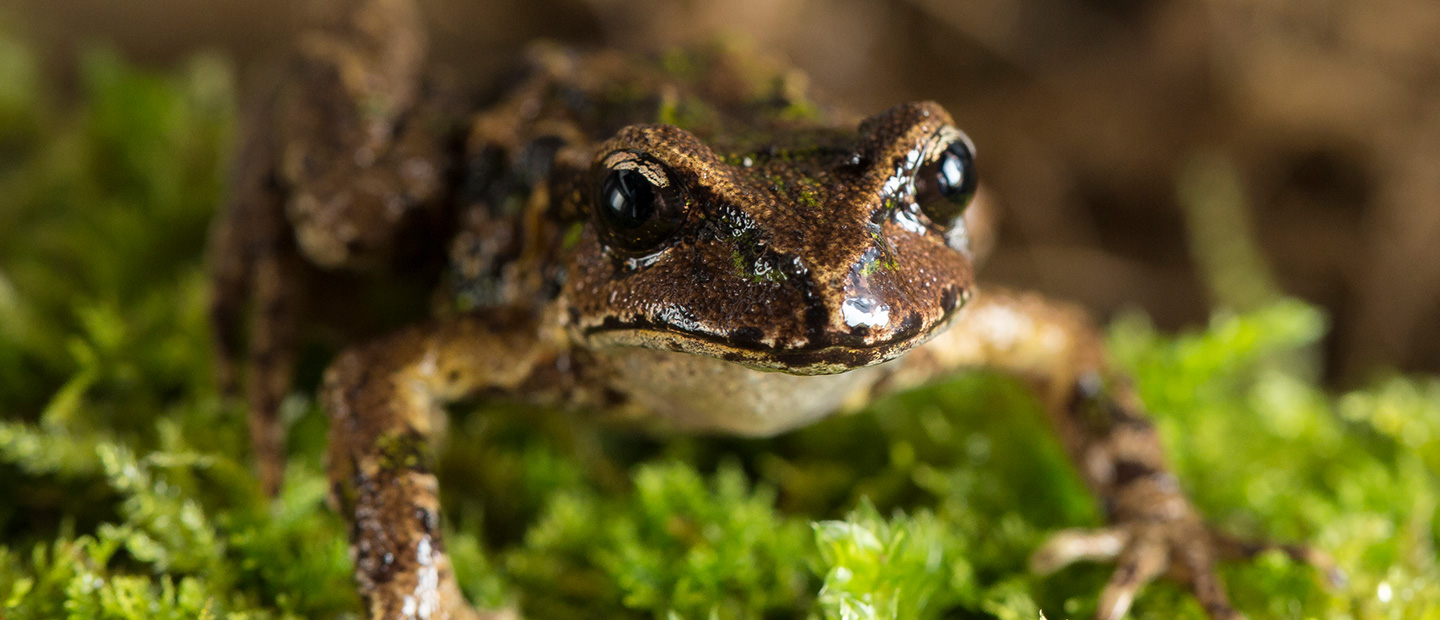Year 9 & 10
Science - Living World
Ecology: investigate the interdependence of living things (including humans) in an ecosystem
Ecology: explain how living things respond to environmental changes, both natural and human induced
Nature of Science: communicating in science, participating and contributing
Education for Sustainability: Concepts - responsibility for action, sustainability, interdependence, biodiversity, equity
Year 11
Science – Living World
Ecology: investigate the impact of natural events and human actions on a New Zealand ecosystem
Biology 90926 (1.2) – report on a biological issue
Nature of Science: develop an understanding of a socio-scientific issues by gathering relevant scientific information in order to draw evidence-based conclusions and take action where appropriate
Education for Sustainability: Concepts - responsibility for action, sustainability, interdependence, biodiversity, equity
Geography
Understand that natural and cultural environments have particular characteristics and how environments are shaped by processes that create spatial patterns
Geography 91013 (1.7) – describe aspects of a geographic topic at a global scale
Media Studies
Explore media concepts, media conventions and technology to create media
Media Studies 90996 (1.8) – write media texts for a specific target audience
Year 12
Science – Living World
Participating & Contributing:use relevant information to develop a coherent understanding of socio-scientific issues that concern them, to identify possible responses at both personal and societal levels
Biology 91154 (2.2) – analyse the biological validity of information presented to the public
Education for Sustainability: Concepts - responsibility for action, sustainability, interdependence, biodiversity, equity
Social Studies:
Understand how communities and nations meet their responsibilities and exercise their rights in local, national and global contexts
Social Studies 91283 (2.5) – describe a social action that enables communities and/or nations to meet responsibilities and exercise rights
Media Studies
Apply knowledge of media conventions and technology to create media
Media Studies 91255 (2.8) – write developed media text for a specific target audience
Year 13
Science – Living World
Nature of Science: participating & contributing
Biology 91602 (3.2) – integrate biological knowledge to develop an informed response to a socio-scientific issue
Education for Sustainability
Evaluate social, economic and technological measures that can be taken to sustain natural resources and improve biodiversity now and for the future
91735 (3.2) – evaluate measures that may be taken to sustain and/or improve a biophysical environment
Social Studies
Understand how policy changes are influenced by and impact on the rights, roles and responsibilities of individuals and communities
Social Studies 91600 (3.5) – examine a campaign of social action(s) to influence policy change(s)
Media Studies
Apply understanding of media conventions and technology to craft media
Media Studies 91497 (3.8) – write a media text to meet the requirements of a brief
International Baccalaureate Diploma / Cambridge A Level Biology
IB Ecology and Conservation
- Species and communities
- Entire communities need to be conserved in order to preserve biodiversity
- Human activities impact on ecosystem function
- An indicator species is an organism used to assess a specific environmental condition
- In situ conservation may require active management of nature reserves of national parks
- Ex situ conservation is the preservation of species outside their natural habitats
Biology 9700 Syllabus
Biodiversity and Conservation
- Define the terms species, ecosystem and niche
- Explain that biodiversity is considered at 3 different levels: variation in habitats; number of species and relative abundance and genetic variation within species
- Discuss threats to biodiversity
- Discuss reasons for the need to maintain biodiversity
- Discuss methods of protecting endangered species, including the role of zoos, botanic gardens, conserved areas, “frozen zoos” and seed banks
- Use examples to explain the reasons for controlling alien species
- Discuss the roles of NGOs and CITES in local and global conservation
- Outline how degraded habitats may be restored


